Deciding between interior waterproofing and exterior waterproofing is not always easy. Many factors determine which type of water protection you need, such as the severity of your leaks, any visible mold or mildew growth, how much time it takes for water to leak into your home, and the quality of construction on your home. These three questions can help you decide what type of restoration work you need:
* What is the source of water seepage? * How long does it take for water to leak into your home or property? * Is there any visible mold or mildew growth on walls, floors, ceilings, etc.?
Many factors determine which type of waterproofing you need. The severity of leaks, time before water enters your home, the kind of foundation your home has.
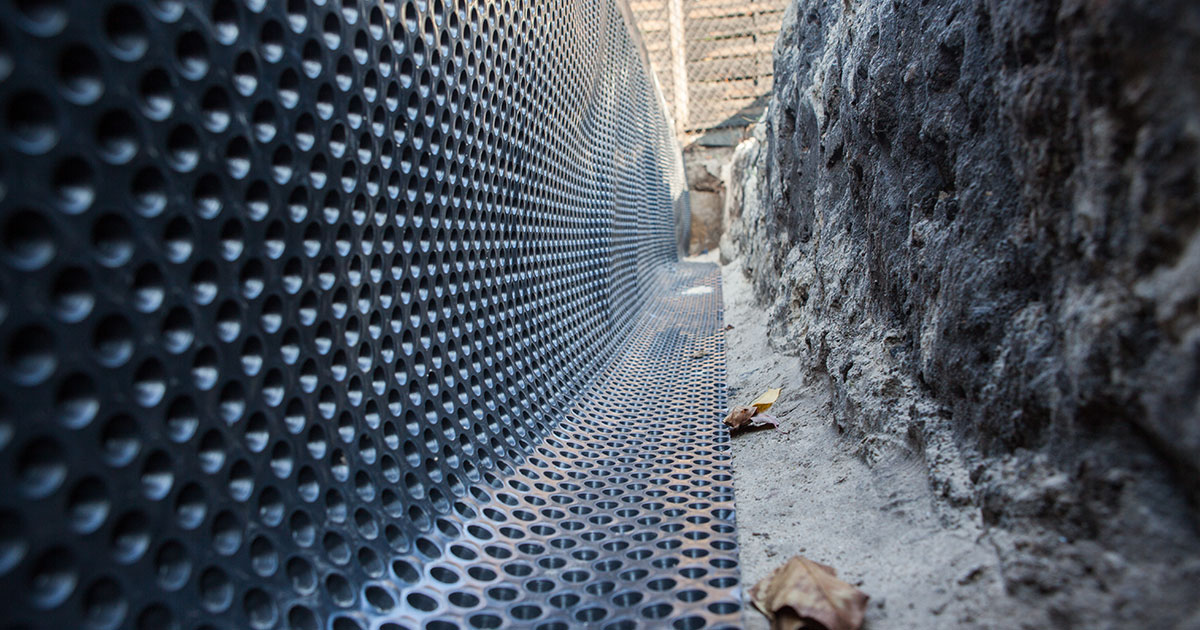
Interior And Exterior Waterproofing Reasons
- Exterior Waterproofing is done to prevent water from entering your home. This type of work involves repairing places where water may seep in and doing structural repairs that have been affected by moisture or erosion. The exterior waterproofing process includes making a mold-resistant coating on the outside foundation wall with high quality and sealing any cracks in the foundation. Exterior waterproofing is more of a new construction solution.
- Interior Waterproofing applies to existing homes and is used primarily for basements. The interior work involves installing internal drainage systems to catch the water under the floor and at the footer water membranes such as drainboard, which prevents any moisture from leaking into your basement walls.
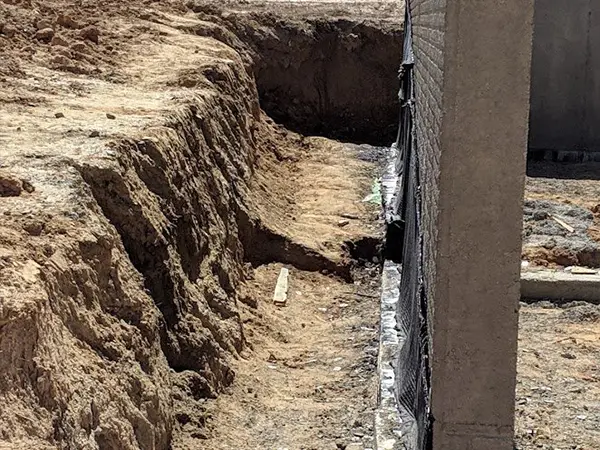
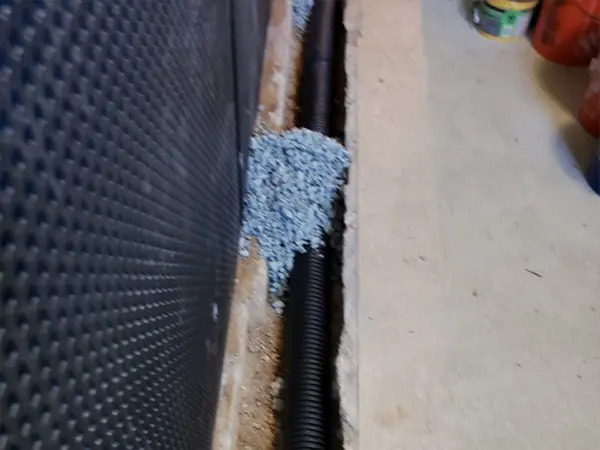
Interior And Exterior Waterproofing Process
- Exterior waterproofing is the process of applying a coating to concrete surfaces, tuck-pointing mortar joints, and sealing cracks. Doing this allows water that has migrated into the basement area to be diverted away from walls before it can cause damage. The best defense against exterior water leakage in your home is through proper drainage away from the foundation wall and setting up the appropriate drain field. This solution is more expensive in existing homes.
- Interior waterproofing is a cost-effective solution to your basement leakage problems. No use for heavy equipment or heavy digging around your foundation. This method is the most common waterproofing solution for basements and crawl spaces.
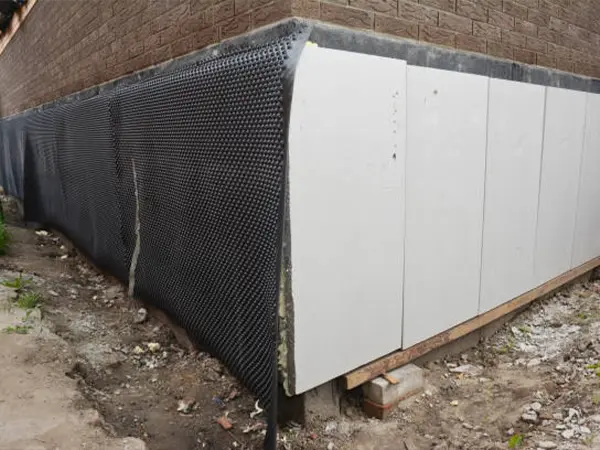
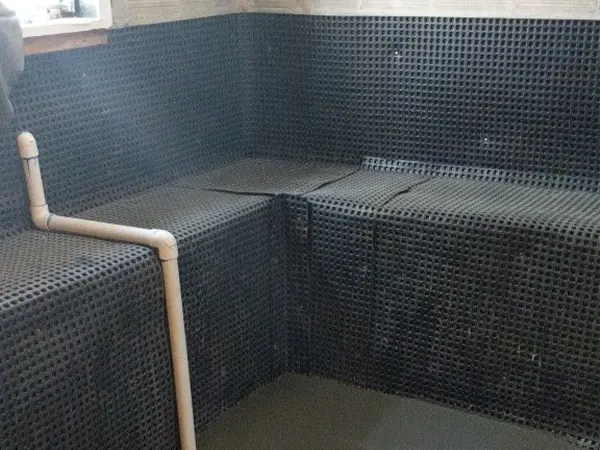
Exterior Waterproofing
The exterior waterproofing of a basement or foundation wall will have two main parts, drainage and protection.
This solution takes heavy equipment to excavate around your home’s foundation walls to install new drain tiles that will divert water away from the foundation; some call it “running the water to daylight.”
The type of stone used to filter the new drain tile is the most critical part of the system. The best solution for this type of system is the installation of washed stone.
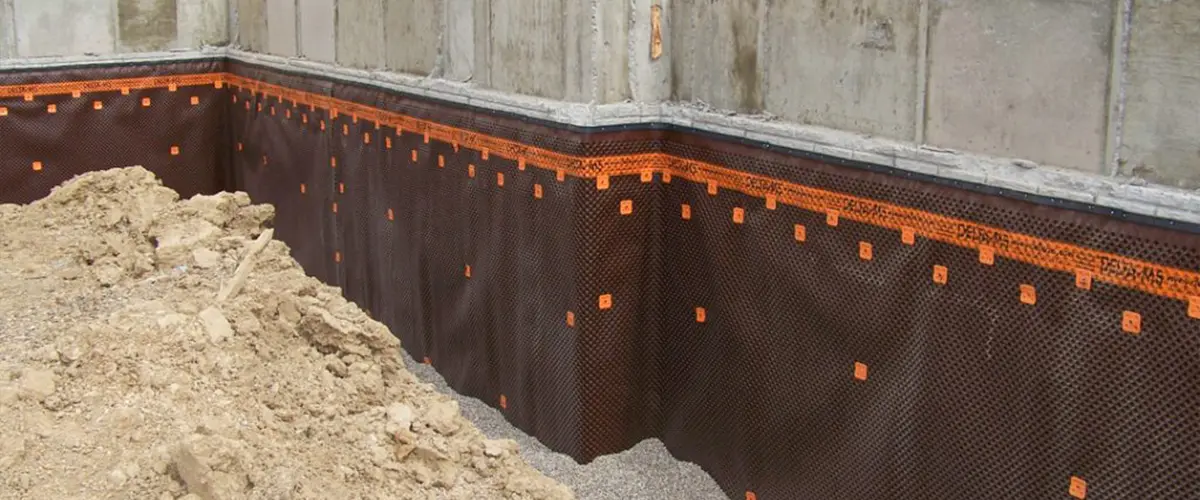
Crawl Space Waterproofing
A common reason that crawl spaces get water damage is poor drainage around and under the home.
Since most crawl space systems don’t have a way to drain, they can become saturated if their foundation walls leak or allow seepage. Depending on the height of the crawl space, an interior sump pump system would be the best solution to keep the water out of the crawl space and seeping into the home.
Proper ventilation is a very crucial component to having a healthy crawl space as well.
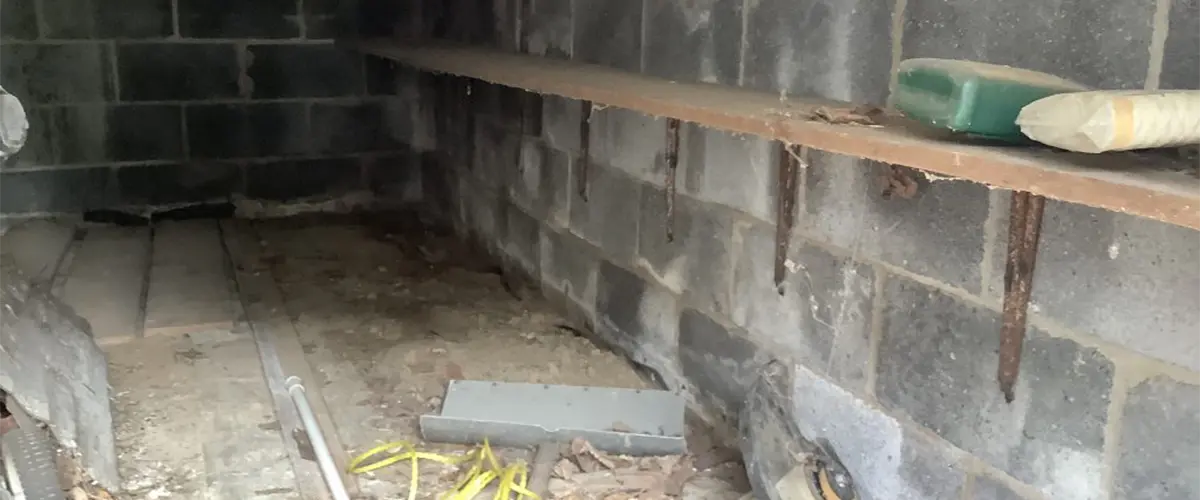
Sump Pump Installation
A sump pump system is beneficial in so many ways. It provides the homeowner peace of mind, especially if you live on a hill or have drainage problems around your home.
If water seeps into your crawl space, it will be removed before damage can occur to your home. Typically a one-third horsepower sump pump will be sufficient.
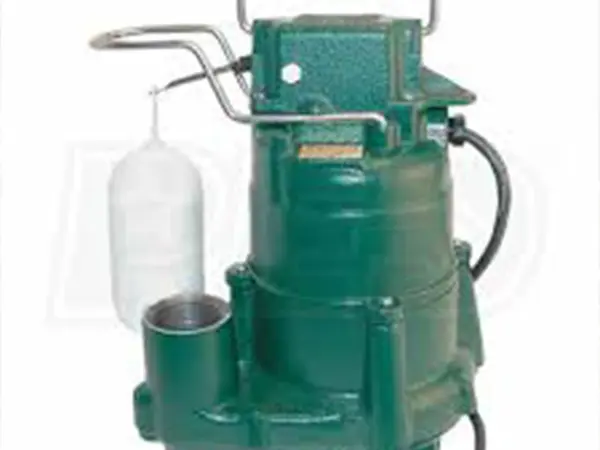
Get Your Basement Waterproofed With Capstone Waterproofing Solutions!
Here at Capstone Waterproofing Solutions, you’re getting some of the most cost-effective ways to boost the efficiency and functionality of your basement.
We focus on your time and investment so you get a seamless experience with none of the stress.
Our waterproofing services are thorough and reliable, and we’ve already helped hundreds of homeowners in MD get their basements upgraded. Check out our complete basement waterproofing offer here and work with a top-tier contractor that truly cares!
If you’re ready to tap into your basement’s true potential, this is the best place to begin. Give us a ring at (202) 389-9121 or request a free quote to find out more about why waterproofing is a must for your health and your home’s safety.
